Sacred Art of Nepal is not a catalogue of Nepalese Museum or Art Gallery. The paubhas and thankas produced here are samples of Newar artists’ contributions in the past as well as the present. We have produced here some paubhas (Newar) and thankas )ethnic Tibetan) from contemporary artists, which give us a picture and scene that had been transmitted since more than a thousand years ago. For the casual reader, one might find difficulty in differentiating paubha and thanka. The purpose of this monograph is to arouse a global awareness of the fact that the Newar paubha is the precursor of Tibetan thanka painting It has been a tradition in the west to believe that the paintings created in thanka factories by Nepali boys are fake and are quite often badly finished paintings and hence they do not benefit Tibetans, Tibetan art and culture or western Buddhist practitioners. It is said that they have no religious value. This notion is a gross mistake. Not all the paintings by Nepali artists are of that kind. It is because they are not familiar with genuine Nepali artists on whom they comment. The paubha or thanka paintings as a Himalayan art has been an important focus of study in Western Universities and Indo-logical institutions of the world. Westerners visit Nepal and Tibet and return to their countries with the memories of their cultures, habits, environment and so forth. Paubha or thanka painting is one of the many cultural traditions which were handed from generation to generation till today. It seems that exemplars of these traditions are well-received by westerners. In the past, paubha painting was a sacred art and its production was itself a form of religious sadhana. Because of its sacred character those paintings were placed in monasteries and temples where profound respects were paid them as objects of devotion and meditation. For the production of those works or art the artists had to observe strict discipline following initiation from a realized master. But in modern times these practices have been almost forgotten. As a result, artists began to create works of art of inferior quality. Some artists even began to introduce pornographic elements into this sacred art. This is really a deplorable behavior from the part of artists. We cannot blame the artists alone, for in Nepal there is no institution with the authority to assess the validity of art works and bar the distribution of inferior works. The purpose of this monograph is to present a history of Nepalese art and its meaning. The real meaning of these works is lost in oblivion even to artist themselves. Although the production of these art works has been growing fast, the quality has been deteriorating. The artists themselves are ignorant of Nepali style, the history of its development and the uniqueness of the tradition. With this in mind, a book providing information on the history of Nepali art, its meaning, and method of traditional painting is much needed. It is not that there are no books on this subject but such publications are the works of western writers and their cost puts them beyond the reach of local people

Sacred Art of Nepal: Nepalese Paubha Paintings
$50.40
$56.00
In stock
Free & Quick Delivery Worldwide
All orders amounting to US$ 50 or more qualify for Free Delivery Worldwide. For orders less than US$ 50, we offer Standard Delivery at $14 per book.
ABOUT THE AUTHOR Min Bahadur Shakya
Min Bahadur Shakya is a scholar of Newer and Tibetan Buddhism. Among his major publications are “A short history of buddhism in Nepal, 1984; and 1986; Introduction to Buddhist Monasteries of Kathmandu valley, 1986, “iconography of Nepalese Buddhism, 1994;” Nepalese Princess bhrikuti devi, 1997; boudhanath Stupa 1987; sacred art of Nepal, 2000.His monumental recent works ‘Svayambhu Mahacaitya: A self-arisen caitya “and” Ksemendra’s Avadanakalpalata” were published in the year 2005. his forth coming publication on life of Great Buddhist Architect Arniko based on Chinese sources is waiting for publication. He was elected vice President of World Fellowship of Buddhist Youth (WFBY), for the years 1984-1988. he was appointed as Research Associate in Fo Kuang Shan Chinese Buddhist Research Academy (1989-1990), Kaoshiung. Taiwan in 1990, he was granted a SAARC Fellowship in Buddhist Studies by Ministry of Forign Affairs, Bhutan.He is the Director of Nagarjuna Institute of Exact Methods, Chakupat, Lalitpur, since its establishment in 1988. From 200-2007, he was a visiting lecturer of Buddhist Philosophy and religion in the central Development of Buddhist Studies, Trbhuvan University, Kathmandu. Currently he is project in charge of Sanskrit Buddhist canon Input Project and Rare Buddhist Manuscript Projects sponsored by University of the West, Los Angeles, USA and Buddhist Nuns Education Project sponsored by Peabody Museum. Harvard University, USA. Since 1986, he is teaching Mathematics in Institute of Engineering, Pulchowk Campus, At present he is Associate Professor in department of Engineering mathematics, Pulchowk, Campus.
reviews
0 in total
Review by Anonymous
Be the first to review “Sacred Art of Nepal: Nepalese Paubha Paintings” Cancel reply
You must be logged in to post a review.
Bibliographic information
Title
Sacred Art of Nepal: Nepalese Paubha Paintings
Author
Edition
1st ed.
Publisher
Length
xx+162p., Plates.
Subjects
tags
#Nepalmore by Min Bahadur Shakya see more
The Life and Contribution of the Nepalese Princess Bhrikuti Devi to Tibetan History (From Tibetan Sources)
Legendary Nepalese Princess ...
$30.60
$34.00
similar bookssee more
Indi-Folk: Folk and Tribal Designs of India (With CD-ROM)
Rich, magnificent, glorious ...
$70.20
$78.00

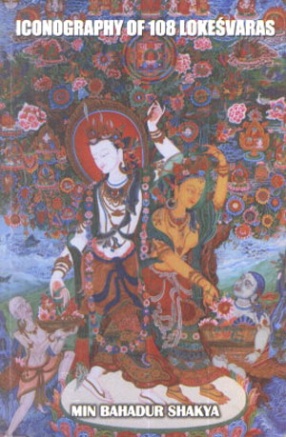
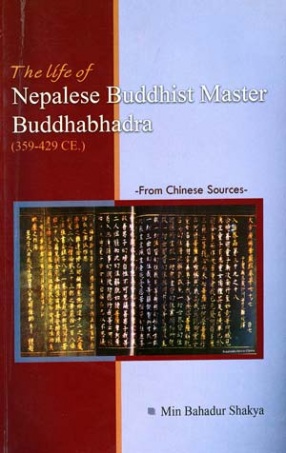
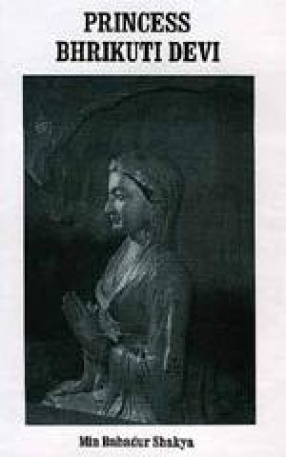
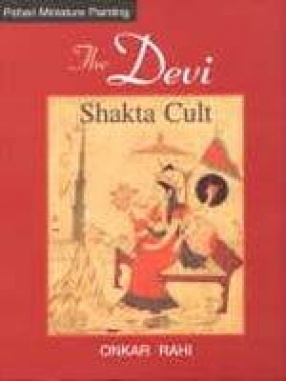
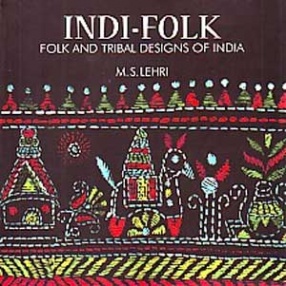
There are no reviews yet.